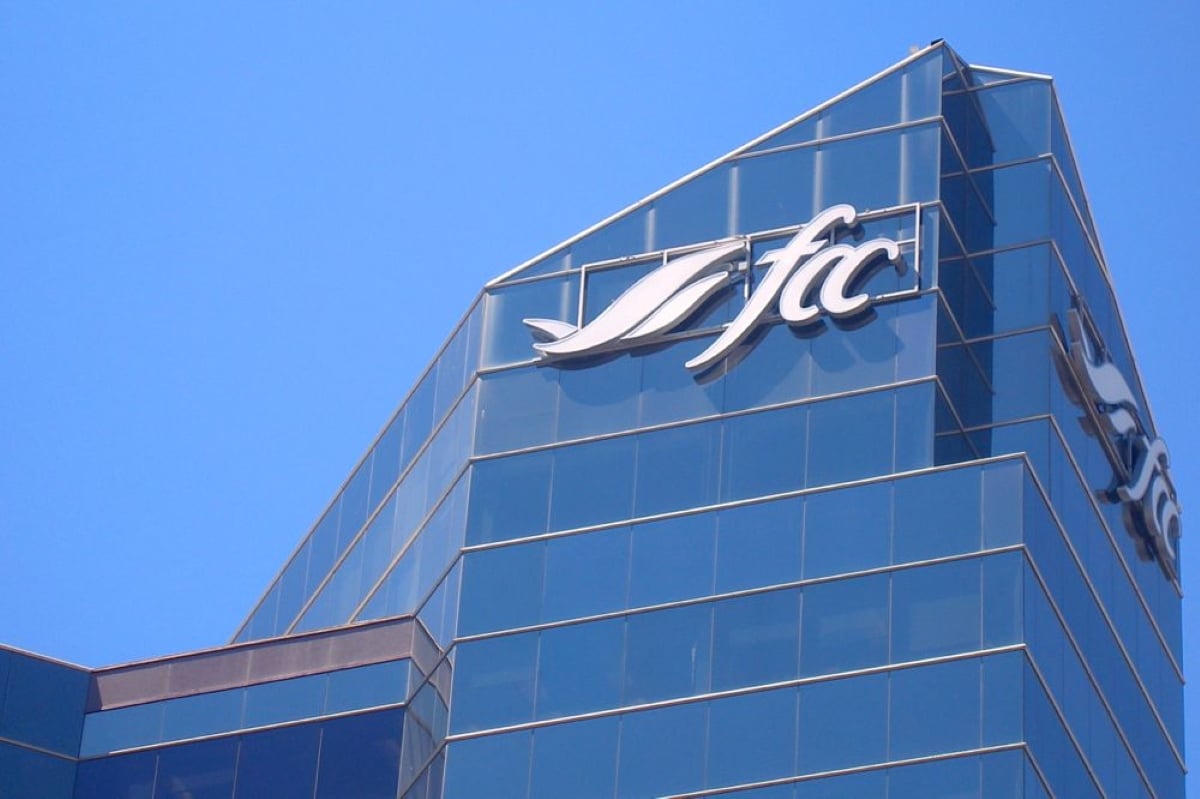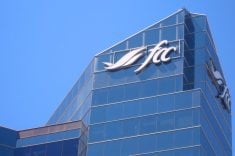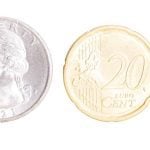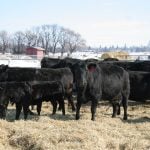DENVER, Colo. – Last year may have been the best of times and the worst
of times for the American cattle business.
Record high calf prices and growing demand had cattle producers at the
annual Cattlefax outlook seminar glowing.
But warnings about persistent midwestern drought, large stockpiles of
beef and devastating losses within the feeding sector tempered hopes as
market analysts gave mixed reviews at the National Cattlemen’s Beef
Association.
The United States’ total cattle inventory as of Jan. 1 was 96.7
Read Also

Lending policy still focused on primary producers: Farm Credit Canada
Farm Credit Canada said it has not changed its business practices and remains committed to supporting all producers, after a report from an Ottawa-based media outlet claimed otherwise.
million, about half a million less than the previous year. The cow herd
hovers around 42 million, including beef and dairy females. They are
producing another small calf crop and consequently fewer animals will
be available to feedlots.
There are no indications the herd is starting to rebuild as heifers
continue to go on feed rather than stay home as mother cows.
“The heifer slaughter is really the swing factor in beef production,”
said a Cattlefax spokesperson. The herd may not begin to rebuild until
2004 as the cattle cycle continues to maintain the status quo.
Per capita beef consumption is expected to decline due to lower
supplies, yet demand shows no signs of dropping off. Demand is the
amount consumers are willing to pay for what is offered for sale.
Year-over-year beef demand had been falling since 1980, but the last
two years have shown marked improvement for a better quality product
offered in a more convenient to prepare package.
That demand has added an extra $100 US per head to the value of each
beef animal sold. Last year Americans spent $57 billion on beef
purchases, eight percent more than 2000.
Last year the average consumer spent 40 cents of every dollar buying
beef. In 1980 he spent 54 cents on beef. Chicken is the greatest
competitor. Poultry purchases accounted for 16 cents of every consumer
dollar compared to 26 cents last year.
The terrorist attacks of Sept. 11 created major market disruption,
particularly for the food service where large amounts of beef are
consumed.
“Food service has rebounded quite well. There is some evidence that
food service demand is actually back to near pre-attack levels,”
analyst Mike Miller said.
Although fewer animals have gone on feed, American beef cattle continue
to be more productive. The long-term trend for more than 20 years has
been heavier carcass weights.
“We gain six pounds a year regardless of what is happening in the
cattle cycle,” Miller said.
The industry is producing about 10 million lb. of beef per week. There
were 27 billion lb. of beef available in 2000, but 2001 figures are
expected to fall because of fewer available slaughter animals.
Feedlots bled red ink by as much as $150 per head, the heaviest losses
in 15 years. A turnaround is forecast later this year.
“Nobody has made any money feeding cattle for the last six months,”
said Randy Blach of Cattlefax.
A number of animals went on feed last August at heavier-than-average
placement weights. Packers were slower to respond with good bids
because of the large amount of beef carryover in storage.
“We should be profitable in the feed yards over the course of the next
45 days as the bulk of these cattle start to move,” he said.
The growing popularity of value-based, branded programs continues.
Premiums are paid for quality, but during the last quarter of 2001 the
price spread between the higher value Choice grade and lower value
Select was quite narrow. Once exports recover, that spread should widen
again to about as much as $18 a head.
For the coming year, Cattlefax estimates fed cattle prices to average
around $73 per hundredweight. Steer calves weighing 500 lb. should
average about $104 while the 750 lb. offerings could average about $86
per cwt.















